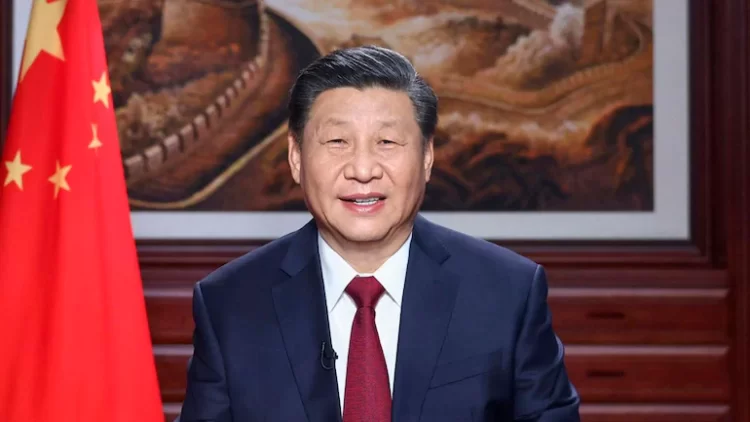China- a country that takes its name from a Sanskrit word has now renamed some places of Arunachal Pradesh that fall in the Indian Territory.
Arunachal Pradesh has 8 residential areas, 4 mountains, 2 rivers, and a mountain pass. The renaming effort is a part of the Chinese Tactic that is used by China for the disputed tracts in the South China Sea for the last few years.
What is the new Chinese law?
China passed a new land border law in October. This is a direct attempt to exert military pressure on India and its border. The remaining activity of some parts of Arunachal Pradesh seems the first step in this attempt. More legal actions in the border and those areas might follow this step. The law has come into force from 1st January Saturday.
What are the likely impacts of the new border law by China?
The new chooses border law empowers officials in 3 threatening ways:
(1). Weapon use against intruders– As per the new law, Chinese soldiers and paramilitary soldiers that petrol on the border can use weapons against intruders.
Significance– In recent times, Chinese and Indian soldiers often clash on the border increasing tensions. The confrontation never turned into war because both the counterparts made an agreement that they would not use weapons in 1996 and 2005. There is extreme aggression on both sides that leads to soldier clashes frequently just like the confrontation in 2020. As per reports, 20 Indian soldiers and an undisclosed number of Chinese soldiers were killed in a confrontation.

Now, this might turn serious. China can use weapons under the new law with the intent of a full-scale military campaign. This will allow China to get an initial advantage for a considerable time. So, China can have talks with Indian Authorities and simultaneously use weapons against Indians.
(2). Deploying Chinese soldiers– As per a clause in the law, local governments in the border areas deploy resources for strengthening the creation of “mass defence groups” to facilitate defence efforts on the border.

Significance– Chinese people have been building villages across the border on Arunachal Pradesh and some just at the border of India. A report from the US department released last month gave the proof of a 100-home civilian village. It is built inside the disputed territory between the Tibet Autonomous Region and India’s Arunachal Pradesh state. The state lies in the eastern sector of the LAC. The village is located in the Upper Subansiri district in Arunachal Pradesh.
Chinese authorities are trying to deploy paramilitary soldiers and army soldiers as villagers. This can bring them intelligence information and logistic help to the attacking forces. China is trying to gradually take up the Territory and change the status with full controlled planning. Now, India has also taken a stern approach against it.
(3). China can claim the region- Another clause in the law gives power to China for developing villages on the border.
Significance– As per the new law, China has laid stress on developing borders and towns on the border and the role of civilians in it. It clearly states the intention of China to increase civilian settlement in border areas of Nepal, Bhutan, and India. It’s similar to the strategy used by China in the South China Sea where it has disputes with other nations. Those nations include the Philippines, Vietnam, Indonesia, Malaysia, Brunei, and Taiwan.
In the South China Sea, the Chinese Navy has laid claim on the island in disputed waters, military installations, and bases. It has stressed the territorial claims with infrastructural proof of ownership.

In 2020, China renamed 80 geographical features in the disputed areas near Vietnam. China justified its attempts. It said that Vietnam was illegal fishing and conducting oil or gas explorations in the South China Sea.
To save its Territory and tackle the attempts of China, India needs to prepare a strong strategy to counter Chinese attempts.
Also Checkout: 2022: Another Year Under the Menace of a Pandemic
















